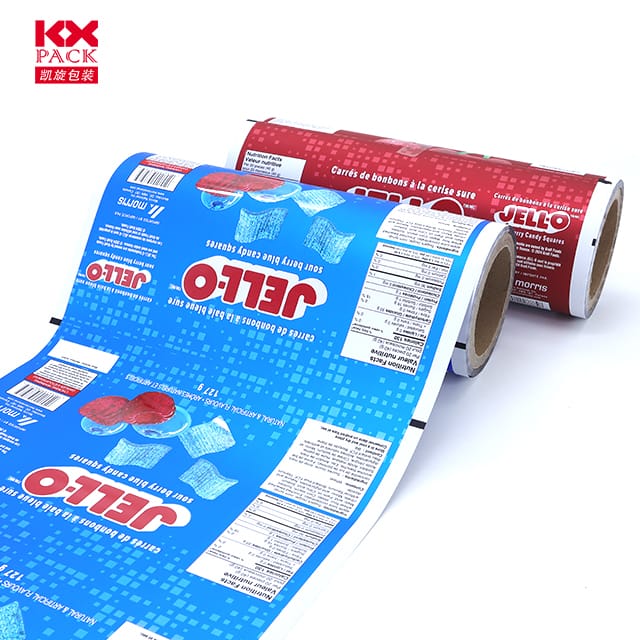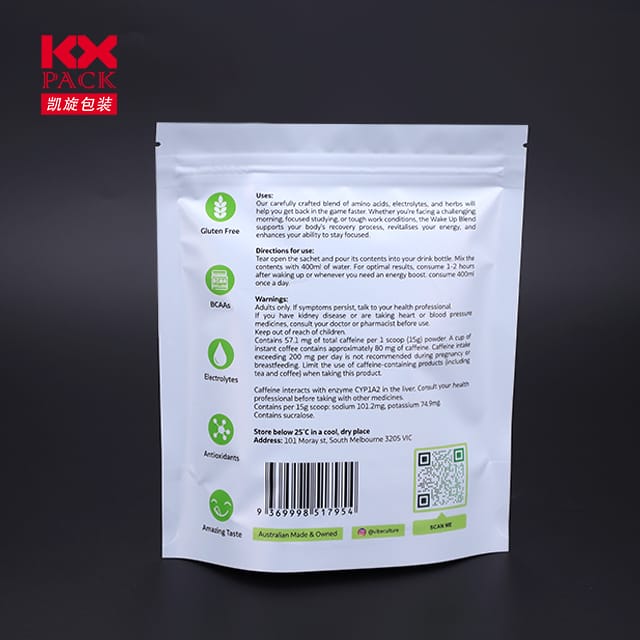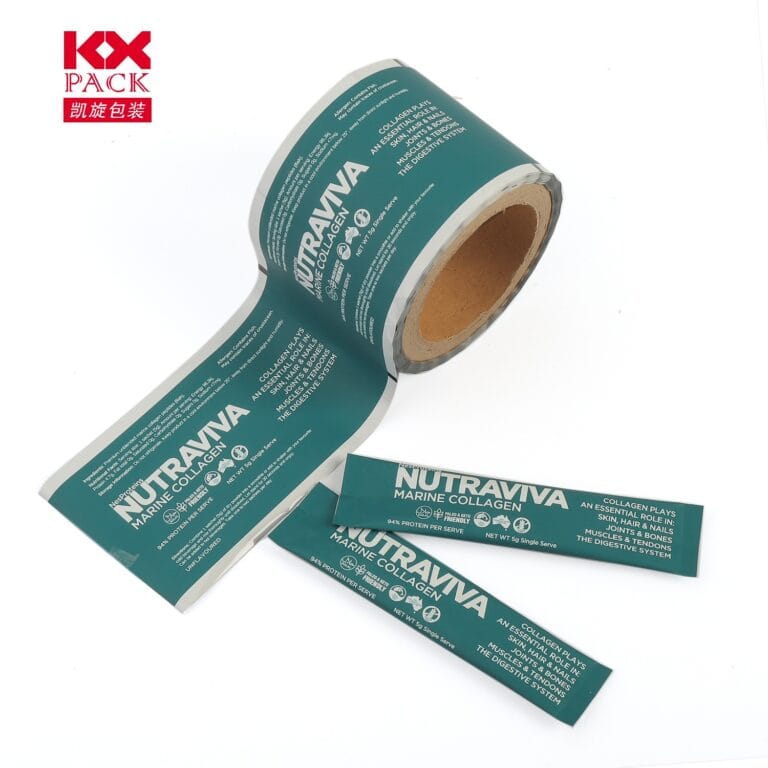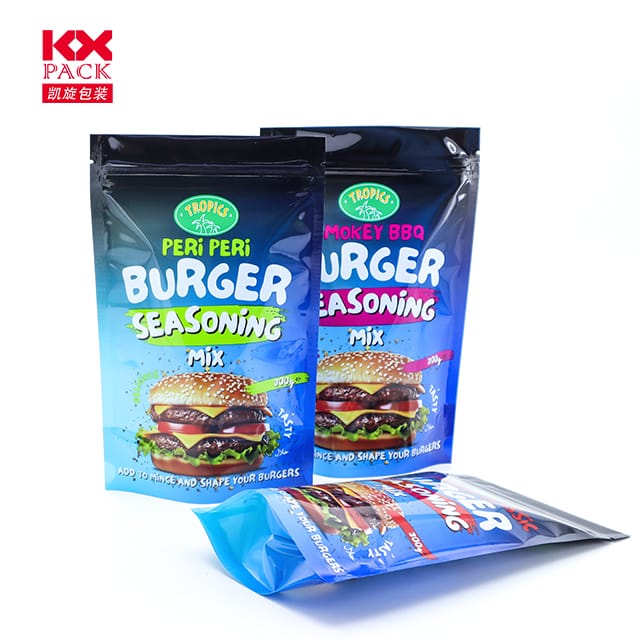Uspon tiskanog fleksibilnog filma za pakiranje: Tamo gdje inovacija ispunjava održivost
Printed Flexible Packaging Film
In an era where consumers demand both visual appeal and environmental responsibility, Printed Flexible Packaging Film has emerged as a game-changer. Ovaj dinamični materijal kombinira markiranje visokog utjecaja s funkcionalnim prednostima, transformirajući kako su proizvodi pakirani, plasiran, i konzumiran. Istražimo zašto ova tehnologija preoblikova industrije - i zašto je ovdje da ostane.
Why Printed Flexible Packaging Film? A Multifaceted Advantage
- Brand Differentiation at Shelf Level
Printed flexible films allow brands to create eye-catching designs with up to 10-color printing capabilities, from vibrant gradients to matte finishes. Unlike traditional labels, graphics are printed directly onto the film, eliminating scuffing risks and ensuring consistent quality. Na primjer, snack brands use shrink-sleeve films to wrap irregularly shaped products, achieving 360-degree branding that stands out in crowded aisles. - Sustainability Meets Performance
The global printed flexible packaging market, valued at $101.48 milijardi u 2025, is projected to grow at a 5.84% CAGR kroz 2030. This surge is driven by demand for recyclable and biodegradable materials. Inovacije poput Bopp (Dvopropilen) filmovi now offer recyclable options without compromising barrier properties, reducing food waste by up to 30% through enhanced shelf-life preservation. - Cost-Efficiency for High-Volume Production
Flexographic printing remains the dominant method for long runs, accounting for 46.73% of the market share in 2024 due to its cost-effectiveness. Međutim, digitalni ispis is gaining traction, enabling on-demand customization for e-commerce brands. Hybrid systems that combine both methods are emerging as a sweet spot for flexibility and scale.
Key Applications: From Food to Pharmaceuticals
- Hrana & Piće:
Stand-up pouches with spouts are replacing rigid containers for sauces and infant nutrition, offering portability and resealability. Retortable films withstand high-temperature sterilization, ensuring safety for ready-to-eat meals. - Healthcare & Osobna briga:
Cold-seal packaging, used for temperature-sensitive chocolates and pharmaceuticals, relies on printed films with precise registration marks to align seals with graphics, maintaining product integrity. - E-Commerce:
Digital printing enables serialized codes and geo-targeted promotions on mailer bags, enhancing supply chain traceability and customer engagement.(Printed Flexible Packaging Film)
Technological Advancements Driving the Market
- Material Innovations:
- Metallized Films: Add a premium look while blocking UV light and oxygen.
- High-Shrink Films: Conform tightly to products for a sleek finish.
- Kompostabilni filmovi: Made from plant-based polymers, these decompose within 180 days under industrial conditions.
- Printing Techniques:
- Flexography: Ideal for large batches, with plates lasting up to 1 million impressions.
- Duboki tisak: Offers unmatched detail for high-end cosmetics packaging.
- Digital Inkjet: Reduces setup time by 70%, perfect for small-batch runs.
- Integracija pametnog pakiranja:
Printed films now incorporate QR kodovi i NFC oznake for interactive experiences, such as tracking carbon footprints or unlocking recipes.
Challenges & Future Outlook
Despite its promise, the industry faces hurdles:
- Recikling infrastruktura: Only 14% of flexible packaging is recycled globally, due to multi-layer structures.
- Regulatorna usklađenost: Brands must navigate evolving standards like the EU’s Single-Use Plastics Directive.
Još, the future is bright. Po 2028, the market is expected to reach$341.6 billion, fueled by:
- Sustainable Substrates: Bio-based PE and PLA films.
- Advanced Adhesives: Water-based and solvent-free options for easier recycling.
- AI-Driven Design: Tools that optimize ink usage and reduce waste.
Zaključak: A Canvas for Innovation
Printed Flexible Packaging Film is more than just a container—it’s a strategic tool for brands to tell their story, reduce environmental impact, and meet evolving consumer expectations. Kako tehnologija napreduje, expect to see even more creative applications, from edible inks to self-healing materials.
For businesses looking to stay ahead, the message is clear: Embrace flexibility, print with purpose, and package sustainably. The future of packaging isn’t just flexible—it’s intelligent.
What’s your take on Printed Flexible Packaging Film? Podijelite svoje misli u komentarima u nastavku! 🌍✨







